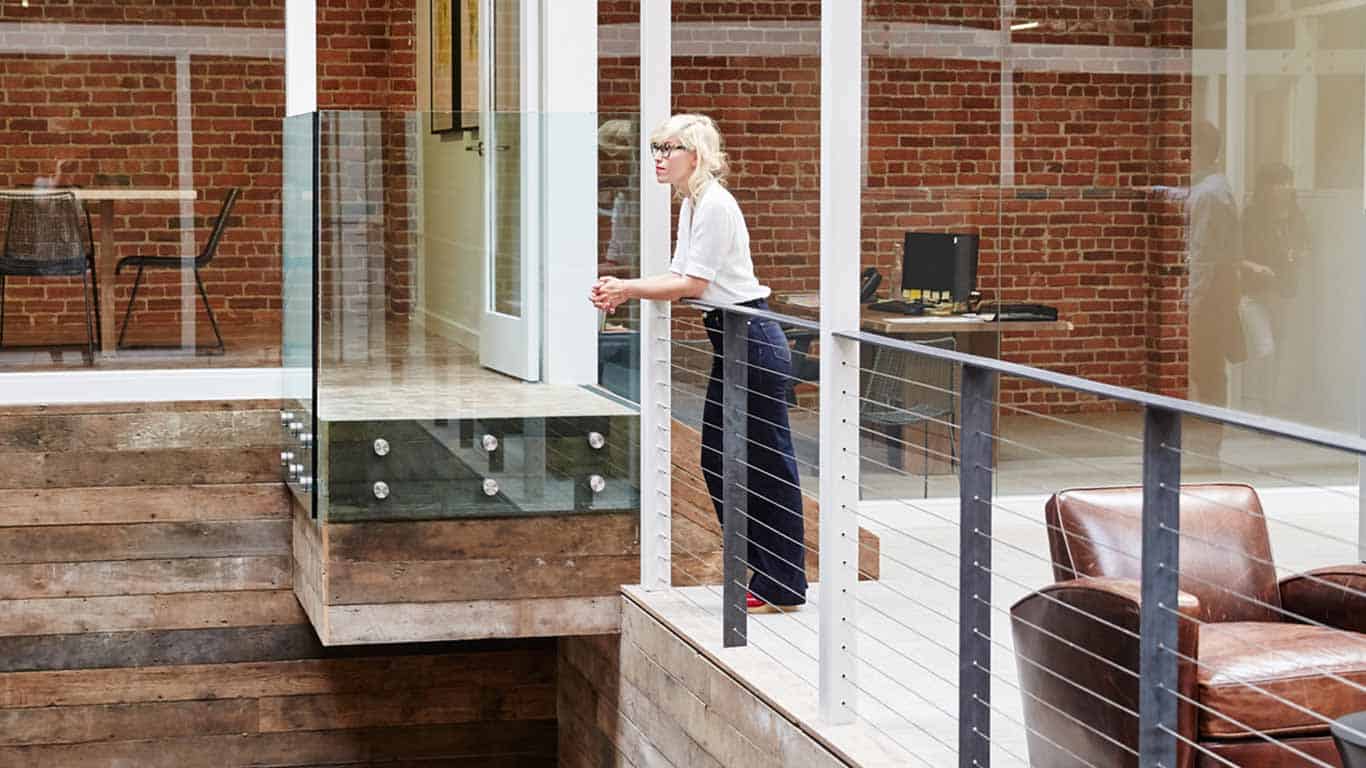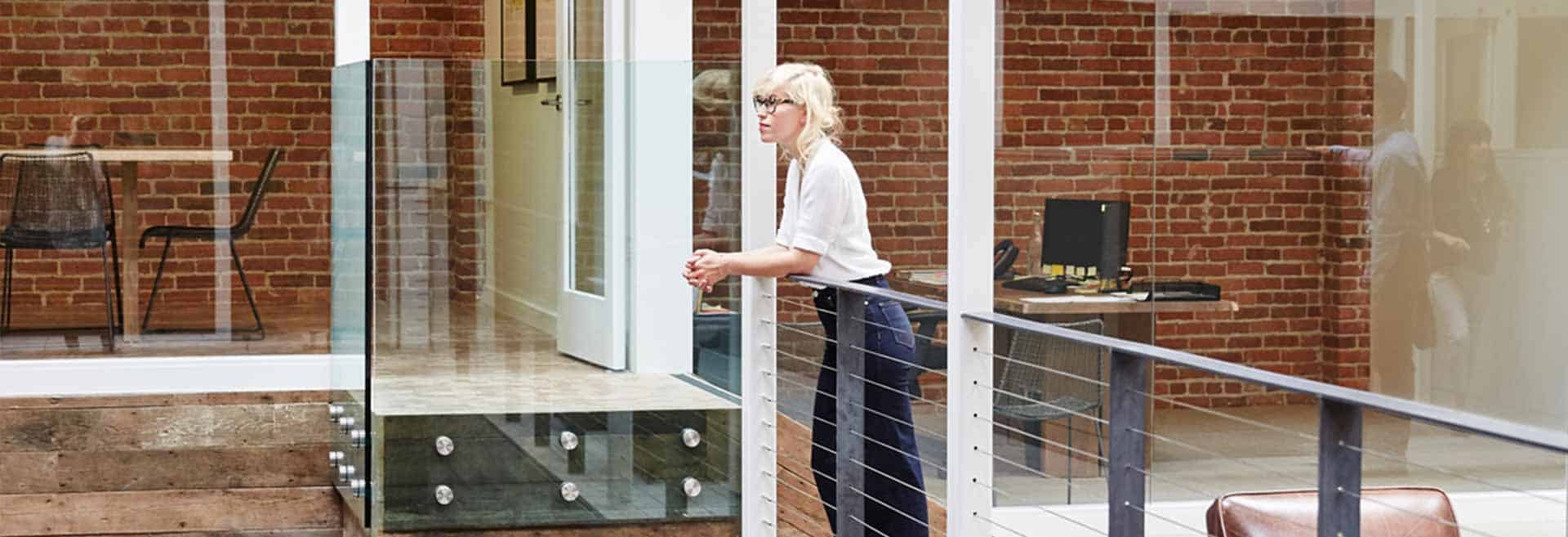
04 Sep Beat the Drum
Over the last six months, I’ve been gathering insights into my own unique personality and personal values, the things that light my fire and drag me down. One of the most recent “Aha!” moments for me, involved looking at my personal values and our Organisational Values and then digging a bit deeper in order to understand the ‘behaviours’ of these values.
This small change in thinking opened up a whole new world of opportunity to me.
I started to think more specifically about how the environments that we surround ourselves with are influencing our behaviour or more correctly how our spaces are being ‘designed’ to influence our behaviour.
This change of perspective has flowed through to my recent work and the way in which I look at an Organisation, their particular values and the way in which we support those through the design of the environments we create for them. I have begun to ask my clients and their teams, not just about their vision of the future and their values, but what the behaviours are that underpin those values and how they demonstrate they are to be achieved. This is where I have found the gold is. In understanding the behaviours that the organisation is wanting to encourage, we are armed with so much more information about the types of spaces that they require to support these behaviours.
In discussions with a client recently, she aptly described the lack of impact that these behaviours have when the spaces we occupy do not support them. She described how her organisation seeks to encourage collaboration, however, through the spatial cues that have been communicated to their organisation through the built environment, they are not speaking the same language. The message is not clear. Her view of collaboration is not simply working together, but understanding that to achieve a mutual goal there needs to be compromise and negotiation. To create a clear understanding of this goal, there needs to be a significant shift in thinking, from one of “all about me” to one of “we”, and the design of their work environment needs to reflect that shift in mindset.
If an organisation is seeking to create change, the first step is to clearly articulate the behaviours that demonstrate how the change is to be lived. Then the space that supports the organisation needs to be created, beating to that same drum.
Changing a culture is not easy and I’m not suggesting that by simply changing the environment that you can change a culture, but when all the pieces are facing in the same direction it certainly makes it easier.
 Blog Contributed by Melissa Marsden
Blog Contributed by Melissa Marsden
“Chief creative, strategist and our fearless leader … she’s the brains behind this operation!”


